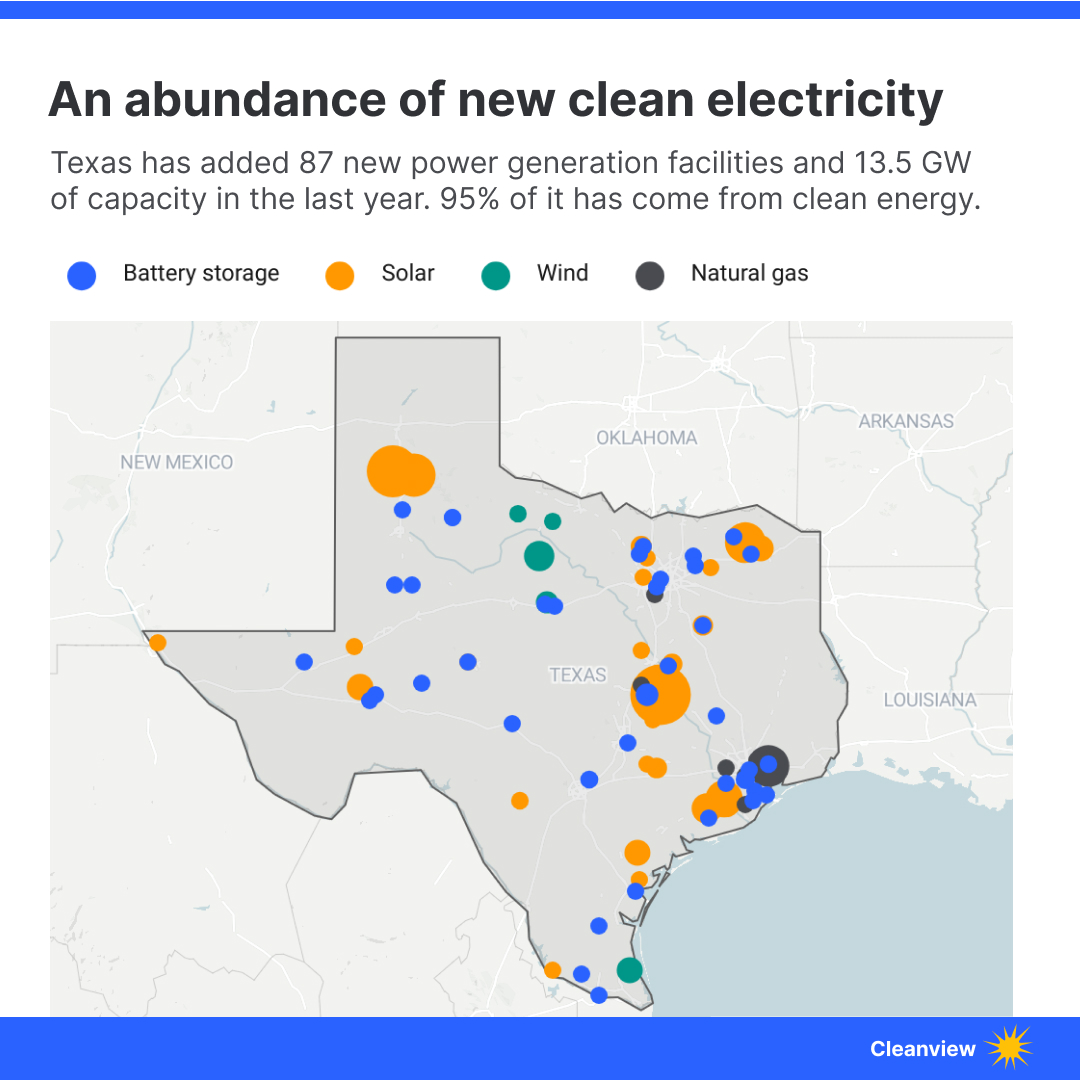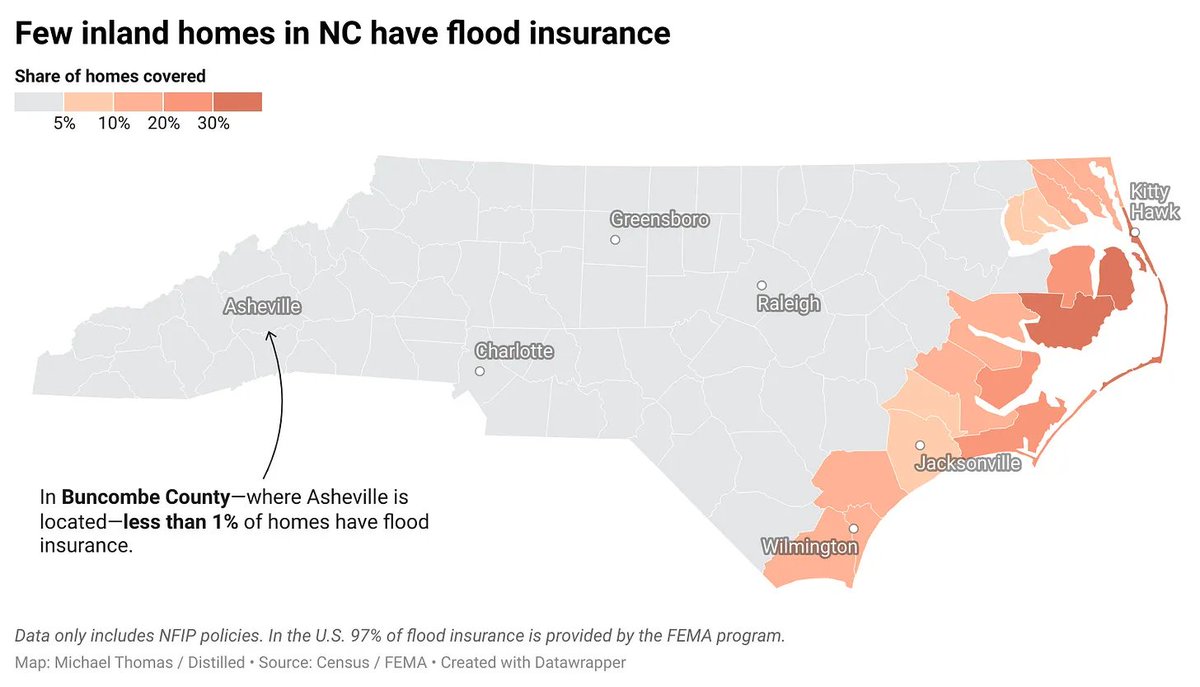In the final hour of the House's bill negotiations, far-right conservatives secured a deal with the President that every clean energy company and advocate should know about.
🧵
🧵
The final bill allows solar and wind project developers to qualify for the full tax credits if they start construction within the next year.
Developers can "safe-harbor" by spending 5% of a project's cost.
Those of you who have been following along closely know all that.
Developers can "safe-harbor" by spending 5% of a project's cost.
Those of you who have been following along closely know all that.
But here's the problem. The executive branch still has so much control over clean energy projects around the country and the implementation of the tax credits.
And in the final hour, Trump promised to effectively harass solar and wind developers and put them through hell...
And in the final hour, Trump promised to effectively harass solar and wind developers and put them through hell...
.. over the next 3 years to assuage far-right conservatives concerns about the final bill.
Rep. Ralph Norman (R-S.C.) told CNBC this morning that Trump promised to make it much harder to permit solar and wind projects—something he's already done a lot of.
Rep. Ralph Norman (R-S.C.) told CNBC this morning that Trump promised to make it much harder to permit solar and wind projects—something he's already done a lot of.
He also suggested strict enforcement of the "safe-harbor" rules. Under a normal administration, that's fine. Developers should follow the rule of the law.
But this administration has shown that it doesn't care about the rule of law.
But this administration has shown that it doesn't care about the rule of law.
This could have both direct and indirect impacts.
- Federal agencies could drag their feet issuing permits, making developers miss the 12 month deadline to start construction.
- Federal agencies could drag their feet issuing permits, making developers miss the 12 month deadline to start construction.
- They could make examples out of silly mistakes, punishing people for building things in this country because they filled out the wrong box in a form.
- They could send threatening letters to developers and use the bully pulpit to create a chilling effect on development.
- They could send threatening letters to developers and use the bully pulpit to create a chilling effect on development.
A lawyer that I spoke with last week made a point that I hadn't considered regarding all these rules.
It's not just about getting developers comfortable with the risks of starting construction and hoping they get their tax credits in 2+ years.
It's not just about getting developers comfortable with the risks of starting construction and hoping they get their tax credits in 2+ years.
It's also about getting lenders, insurers, etc. comfortable.
Without that, good projects could die.
Without that, good projects could die.
This is all incredibly depressing and frustrating on a day that saw one of the most damaging pieces of federal policy in history pass the House.
I wish I could leave you all with something more optimistic, but frankly I'm exhausted.
I wish I could leave you all with something more optimistic, but frankly I'm exhausted.
So for now I just want to get this out there while people are talking about the bill in hopes that others with more legal skills than me can do something productive with it.
• • •
Missing some Tweet in this thread? You can try to
force a refresh













